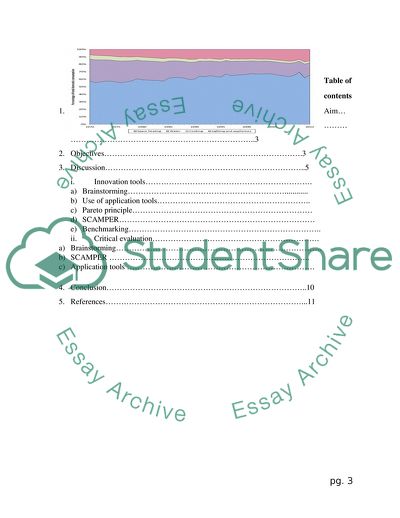Cite this document
(Innovation in Sustainable Engineering Design (Electrical and Coursework Example | Topics and Well Written Essays - 2250 words, n.d.)
Innovation in Sustainable Engineering Design (Electrical and Coursework Example | Topics and Well Written Essays - 2250 words. https://studentshare.org/engineering-and-construction/1827368-innovation-in-sustainable-engineering-design-electrical-and-electronic-engineering
Innovation in Sustainable Engineering Design (Electrical and Coursework Example | Topics and Well Written Essays - 2250 words. https://studentshare.org/engineering-and-construction/1827368-innovation-in-sustainable-engineering-design-electrical-and-electronic-engineering
(Innovation in Sustainable Engineering Design (Electrical and Coursework Example | Topics and Well Written Essays - 2250 Words)
Innovation in Sustainable Engineering Design (Electrical and Coursework Example | Topics and Well Written Essays - 2250 Words. https://studentshare.org/engineering-and-construction/1827368-innovation-in-sustainable-engineering-design-electrical-and-electronic-engineering.
Innovation in Sustainable Engineering Design (Electrical and Coursework Example | Topics and Well Written Essays - 2250 Words. https://studentshare.org/engineering-and-construction/1827368-innovation-in-sustainable-engineering-design-electrical-and-electronic-engineering.
“Innovation in Sustainable Engineering Design (Electrical and Coursework Example | Topics and Well Written Essays - 2250 Words”. https://studentshare.org/engineering-and-construction/1827368-innovation-in-sustainable-engineering-design-electrical-and-electronic-engineering.


